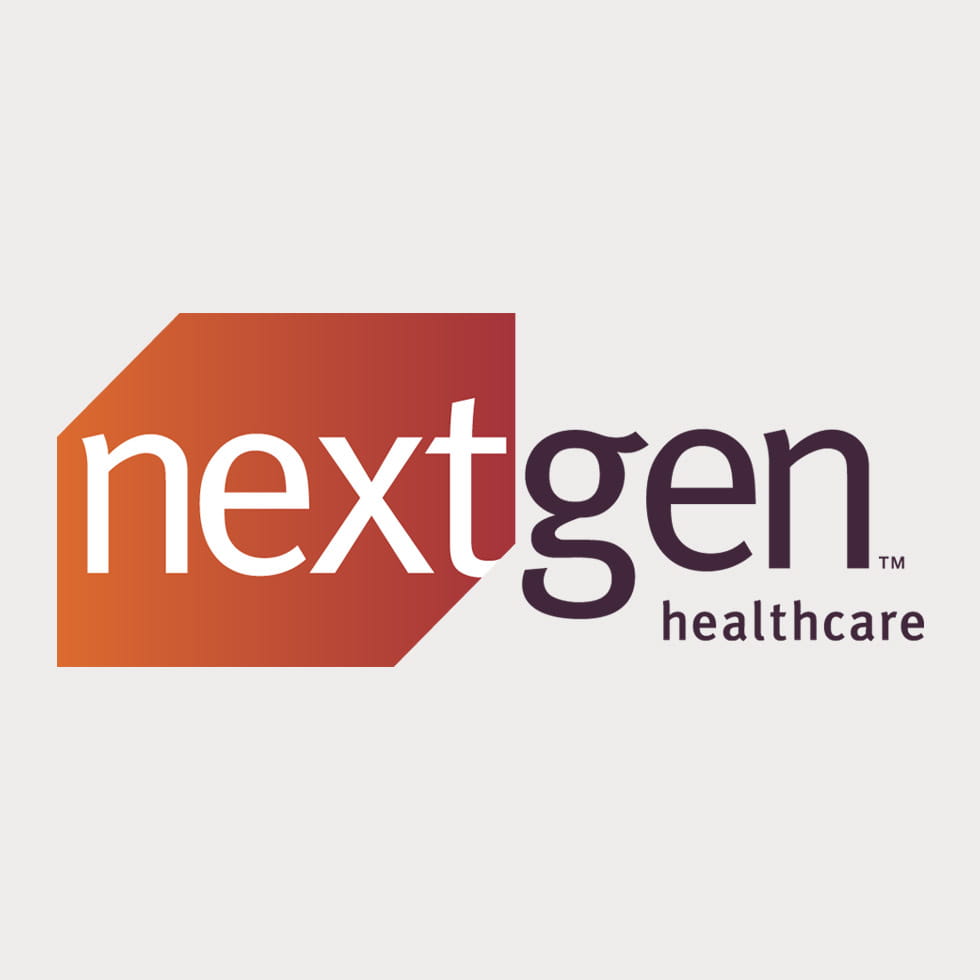In our most recent blog post, you read about how to create a claim and scrub it properly for errors . Now let's take a closer look at claims submission.
A clean claim is one that is successfully processed and reimbursed the first time it was submitted to an insurance payer with no errors, rejection, or requests for additional information. Having a high clean claims rate indicates that your practice's processes for billing and managing claims are sound. Hear how ambulatory healthcare professionals successfully implemented RCM solutions and claims processing software.
Here is how you ensure a clean claim submission and save time:
Be aware of claim filing deadlines
Be aware that payers have specific deadlines to submit claims—timely filing limits. If a claim is denied because you missed the timely filing deadline, you have no appeal rights. Your practice forfeits all money that potentially may have been collected.
For example, Medicare claims must be submitted within one year of the date of service. Timely filing deadlines for other payers vary; they may be 90 days to 120 days from date of service, or some other length of time, depending on your contract with the payer.
Submission to a clearinghouse
The first phase of the submission process occurs when a claim leaves your practice for review, usually by a clearinghouse service. The clearinghouse aggregates mountains of electronic claim information, almost all of it managed by software. The clearinghouse sends this information to third-party payers.
Once your practice’s claims ready to be submitted, your system will generate an 837 file, a Health Insurance Portability and Accountability Act (HIPAA) compliant electronic format used to transmit healthcare claims and upload them to the clearinghouse.
Check daily for the status of your claim file
Usually clearinghouse services provide a dashboard that checks for updates on the status of submitted claims. Note that they enroll new insurance payers in their services on an ongoing basis. Therefore, new payers are continually being added to the dashboard. If you are still providing paper claims to an insurer, you may have opportunity to convert paper claims to digital claims through your clearinghouse—check the dashboard for updates on enrollment of new insurance payers. A clearinghouse also provides digital proof of timely filing, which can be more difficult with paper-based claims.
Set expectations for payment timelines
Know your payers so that, when you submit a claim, you know how long it’s likely to take to get payment. This is important when projecting cash flow. Medicare commonly pays within 14 days and many Blue Cross Blue Shield payers pay within 14 or 21 days, as does UnitedHealthcare. Keep in mind, worker’s compensation or Veteran’s Affairs (VA) claims can take 45 to 90 days before you receive payment.
In our next blog post, we'll look at clearinghouse edits—your last chance to prevent a denial.
To learn more about clean claim submission process, click here to read 10 Tips for Better Medical Billing and Practice Management.





